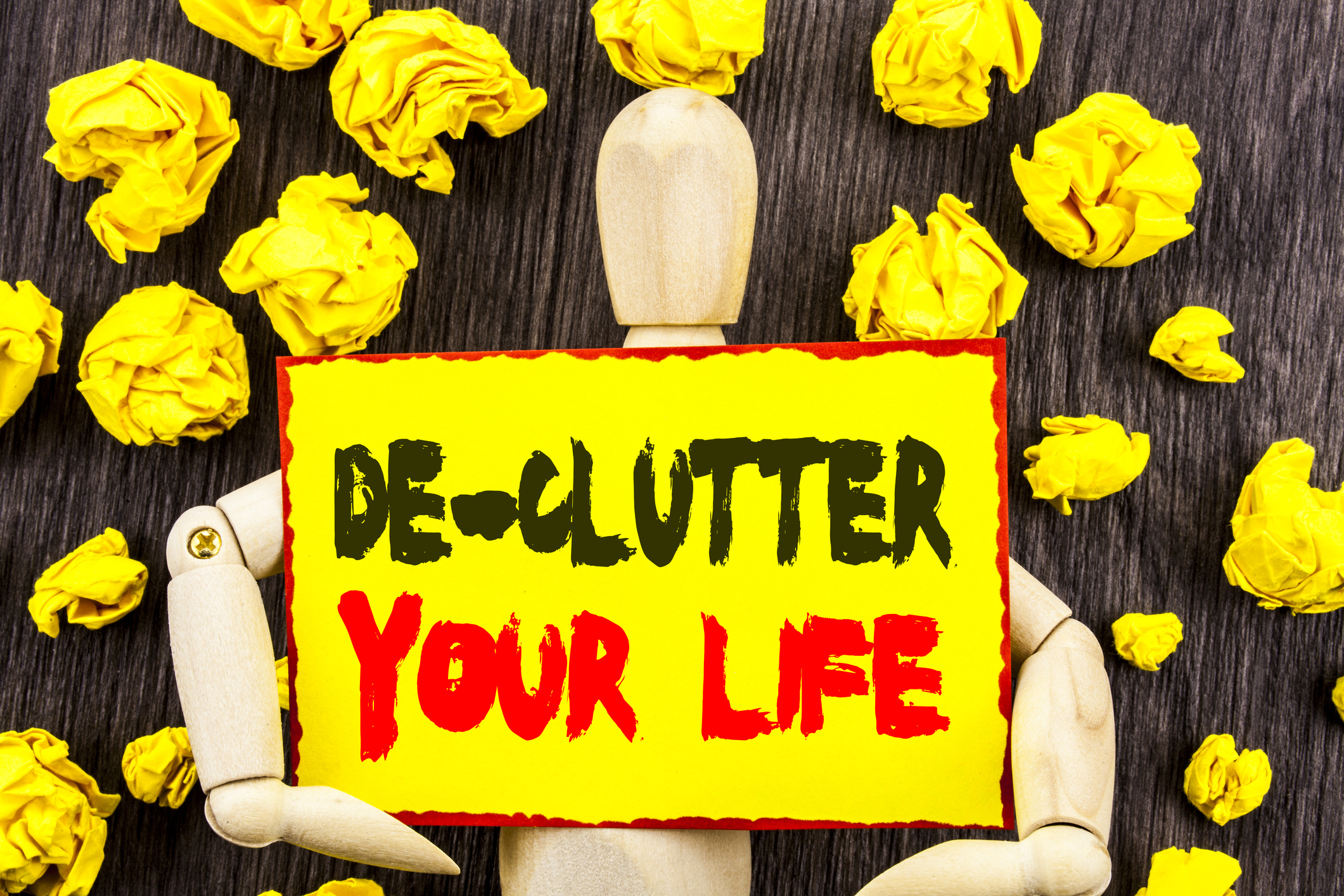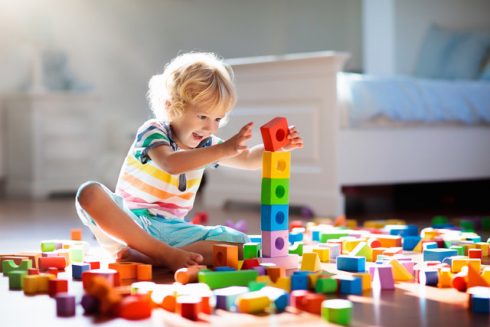 2020 has been a stressful year and we’re only half way through it. But most of us would also agree that with the stress there have been some positives. We’ve slowed down. We’ve cooked healthier meals. And many of us have begun to take on cleaning and de-cluttering projects because we’ve had a lot of time on our hands.
2020 has been a stressful year and we’re only half way through it. But most of us would also agree that with the stress there have been some positives. We’ve slowed down. We’ve cooked healthier meals. And many of us have begun to take on cleaning and de-cluttering projects because we’ve had a lot of time on our hands.
If you look around your living space and feel the need to de-clutter, you may be encouraged by some common sense tips and bits of information to help you tackle one project at a time.
First of all, a cluttered, messy home causes mental overload. Everywhere you look there is a job to be done. You can’t find the paperwork you need or the article of clothing you want to wear. When you look at your laundry pile, it seems endless and overwhelming. These emotions are energy-draining and contribute to higher stress levels.
On the other hand, an orderly living space sends the message that all is well. Anxiety gives way to relaxation. You’re able to focus on the task at hand and that focus often leads to creativity and accomplishment.
But, de-cluttering requires a concerted effort beginning with the decision to do it. Most de-clutter experts encourage a systematic, well-planned attack on “stuff” in the home. Here are some tips to setting out to make your home a peaceful, healthy, and enjoyable place to live.
- First of all identify the trouble spots in your home. They most likely will include junk drawers, closets, storage areas, and the garage. Make a list.
- Decide on a sorting method as you work on one trouble area at a time. You might decide to toss, store, recycle or sell items.
- Develop some self talk to help you with the decision-making. “Someone else can use this now,” “Thank you for your service, but I don’t need you anymore.” This will be especially difficult when sorting through clothing items. A good rule of thumb is to ask, “Have I worn this in the last six months? Does it need repair? Does it fit well? If not, recycle or otherwise dispose of it.
- Identify “memory clutter,” those items we keep because they represent a fun time or a certain relationship. Is there a way to save the memory without keeping the item?
- Identify “someday clutter,” the items that don’t fit, but maybe you’ll lose ten pounds, or I’ll fix it someday. Either fix it now or get rid of it.
- Make it a goal to clear flat surfaces in your home. These are the areas that begin to build up with unfinished business: items that haven’t been properly put away or things we don’t have an established place for.
- Keep like items together. For instance tools and home repair kits should be stored together so everyone knows where to find them.
- You may want to find some home cleaning/de-cluttering checklists to help you get the jobs done.
- When possible, enlist the help of the rest of your family. Even children will become excited about cleaning out excess “stuff” if they get the proceeds at a garage sale.
- You may wish to research new storage units for your kitchen, laundry area or clothes closets. A junk drawer can be cleaned up quickly with some simple box dividers to keep the articles separated and easy to find.
- Don’t let the “wasted money” blues get in your way when purging unnecessary items. Those expenditures are history and your goal now is an orderly, relaxing space in which to live each day.
So let’s be thankful for the good things 2020 has brought our way. The challenge to de-clutter and de-stress our homes can be one of the positive outcomes.










